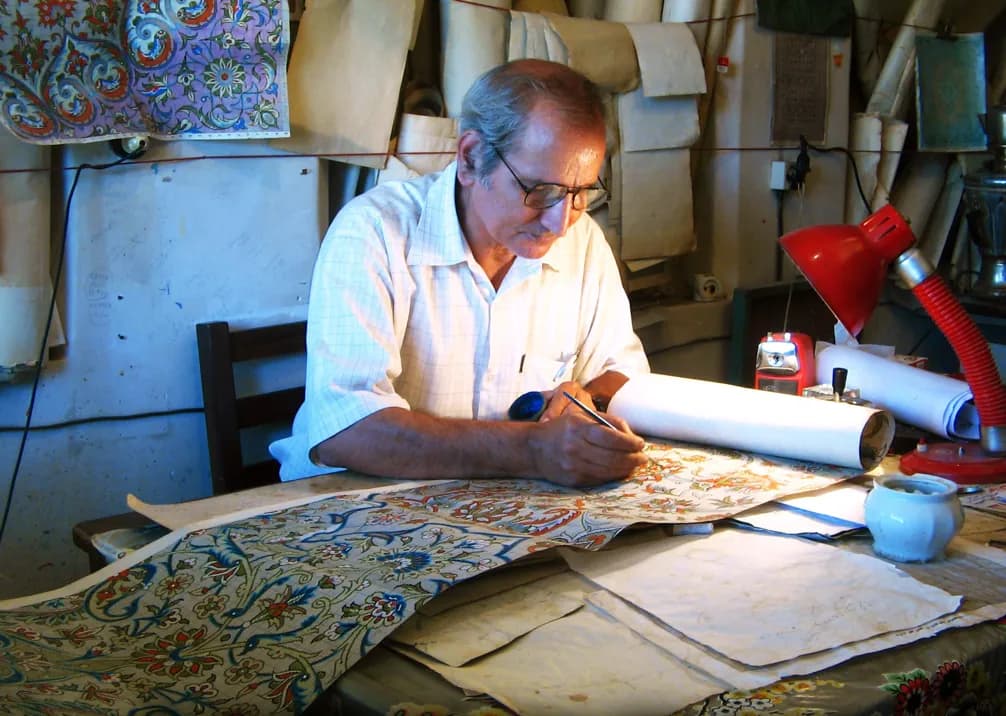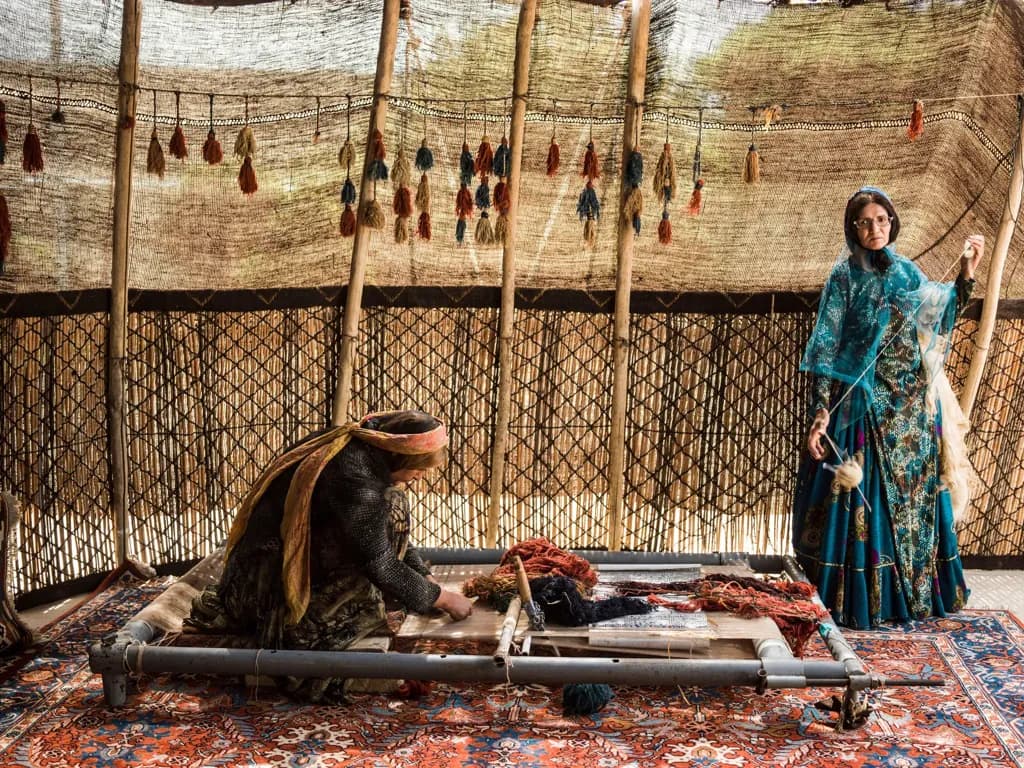Fars rugs, originating from Iran's Fars province - the historical heartland of the Persian Empire - embody both sophisticated urban weaving traditions and authentic tribal craftsmanship. This province, centered around the cultural capital of Shiraz, produces some of the most diverse and characterful carpets in the Persian tradition.
The distinctive feature of Fars carpets lies in their remarkable variety, ranging from refined city workshop pieces to bold tribal creations. Urban Fars rugs typically feature sophisticated floral patterns and classical medallion designs, while tribal pieces showcase geometric motifs and stylized natural forms characteristic of nomadic weaving traditions.
The color palette of Fars rugs is particularly rich and varied, reflecting the region's diverse weaving traditions. Deep reds, rich blues, and warm earth tones dominate, often enhanced by vibrant accents of orange, green, and ivory. The dyes used typically produce colors with exceptional aging characteristics, developing rich patinas over time.
The wool used in Fars carpets comes primarily from sheep raised in the Zagros Mountains, known for producing particularly durable and lustrous fleece. This high-quality wool, combined with traditional weaving techniques, creates pieces with exceptional durability and a distinctive handle that improves with age.
Technically, Fars rugs display considerable variation in construction. City workshop pieces typically feature higher knot counts (200-350 KPSI), while tribal pieces show looser weaves (80-150 KPSI). Both styles are known for their excellent durability and aging characteristics. The foundation is typically wool in tribal pieces and cotton in urban productions.
The sizing of Fars rugs varies widely, reflecting their diverse origins. While tribal pieces tend toward medium and smaller sizes, urban workshops produce everything from scatter rugs to room-sized carpets. Each size category maintains distinctive regional characteristics while serving different practical needs.
The investment value of Fars carpets has remained strong, particularly for tribal pieces that represent increasingly rare authentic nomadic weaving traditions. Each carpet, whether urban or tribal, represents a significant cultural and artistic heritage.
Contemporary Fars production maintains strong links to traditional methods while incorporating subtle adaptations to modern tastes. These pieces continue to be prized for their combination of artistic excellence and practical durability, making them particularly attractive to both collectors and decorators.
Fars rugs are especially valued for their versatility in various interior settings. Their diverse patterns and rich colors allow them to complement both traditional and contemporary décor schemes, while their excellent durability makes them suitable for both formal and casual spaces.
Each Fars rug represents a direct connection to one of Persia's most historically significant regions, where centuries of weaving tradition continue to produce pieces that combine artistic excellence with practical durability.



























